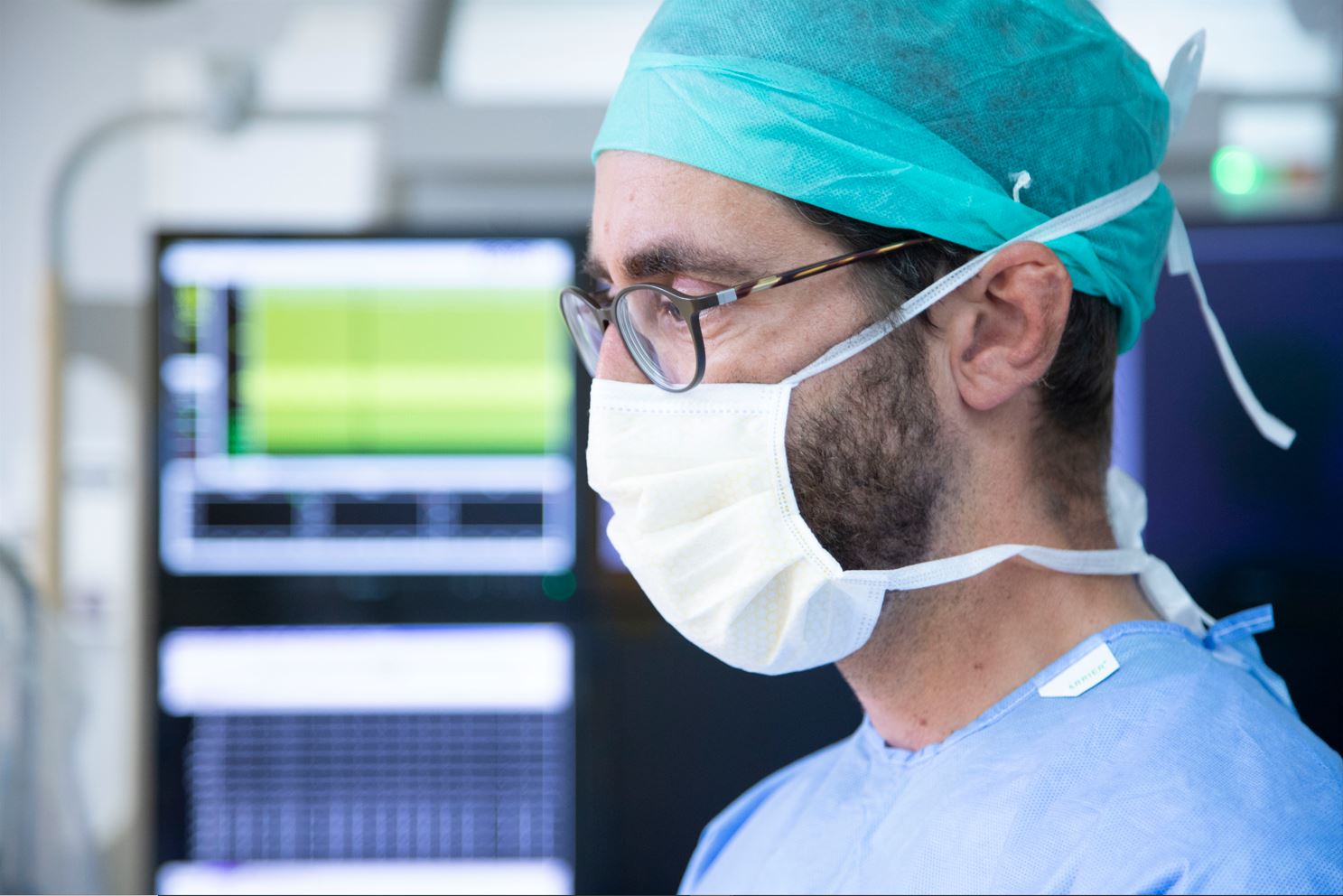Research centres
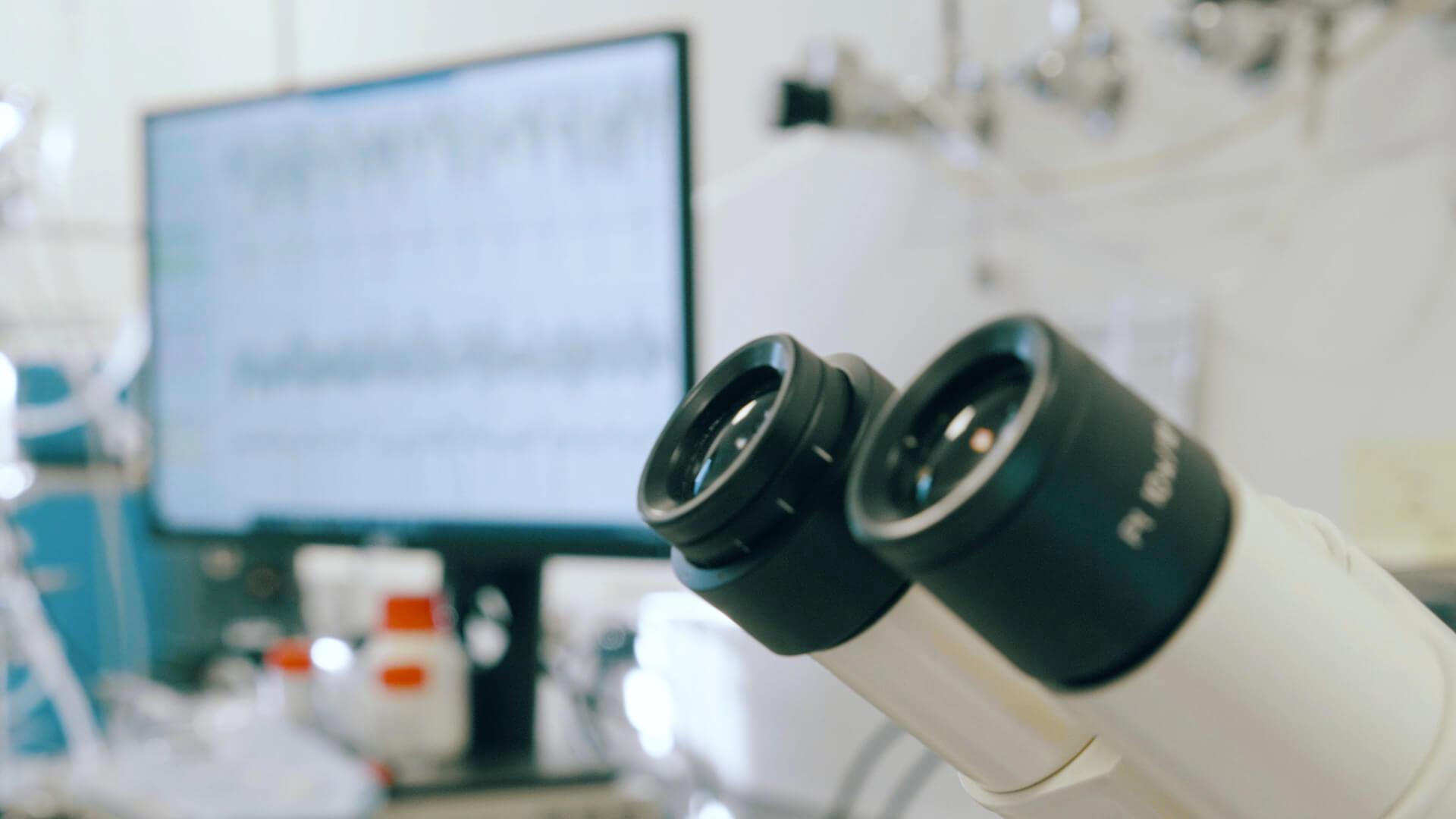
Liryc’s research programme is structured around four centres of expertise that work in synergy, encouraging the implementation of translational projects in interaction between the different teams and specialities.
The modelling centre
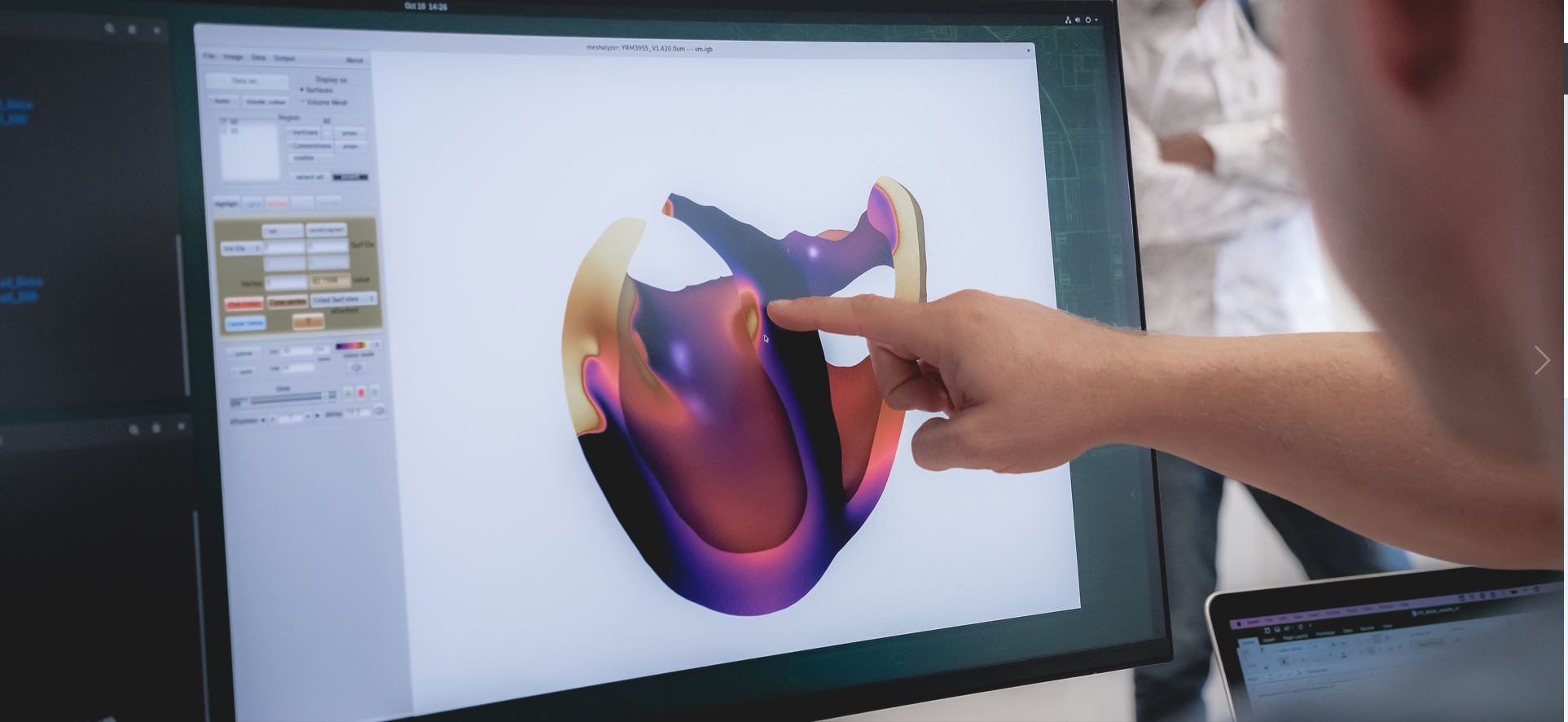
Designing and analysing new digital models of the heart
In collaboration with the French National Institute for Research in Computer Science and Control (INRIA), the modelling division team designs and analyses new digital models that simulate the electrical and mechanical activity of the heart. These experts carry out research in mathematics, computer science and biomedical engineering to better understand the mechanisms of arrhythmias. They analyse in silico (via computer models) clinical or experimental data.
The models consist of equations that represent the mechanisms of cardiac electrical activation and subsequent mechanical contraction, which can be customized through experimental or clinical data. The calculation of approximate solutions to these equations is based on the simultaneous resolution of millions or billions of equations. It requires the use of high-performance computing algorithms and supercomputers.
The team is interested in:
- Mathematical and digital questions posed by the equations of the electrical or mechanical functioning of the heart.
- The digital simulation of these models to:
- Understand particular arrhythmias, for example by testing medical or biological hypotheses in silico, or by producing synthetic ECGs (or other biomarkers).
- Understand the biological processes and mechanisms of ablation.
- Improve cardiac defibrillation methods (defibrillate below the pain threshold).
- Solve the inverse problem to infer the activity produced by recorded biomarkers (this is a bit more general than the point below).
- Build digital twins to better treat patients.
- Solving the inverse problem of electrocardiographic imaging (inverse ECG – reconstructing the electrical activity on the surface of the heart from that recorded on the surface of the thorax).
The modelling team
The health technology centre
Developing new tools for research and clinical practice
The health technology centre is made up of engineers and researchers specializing in imaging, signal processing and multimodal data science.
On the imaging side, the team is working on several projects around three main themes:
- Characterization of the structure of the myocardium, using state-of-the-art imaging equipment (very high magnetic resonance imaging (MRI), 9.4 Tesla and multimodal platform).
- The development or evaluation of new concepts of cardiac stimulation, with tools to analyse the cardiac structure simultaneously with electrical signals (MRI 1.5 Tesla).
- The development of interventional imaging and thermometry to guide the surgeon’s gesture in real time, thanks to the acquisition of rapid sequences making it possible to measure the temperature of the tissues by MRI.
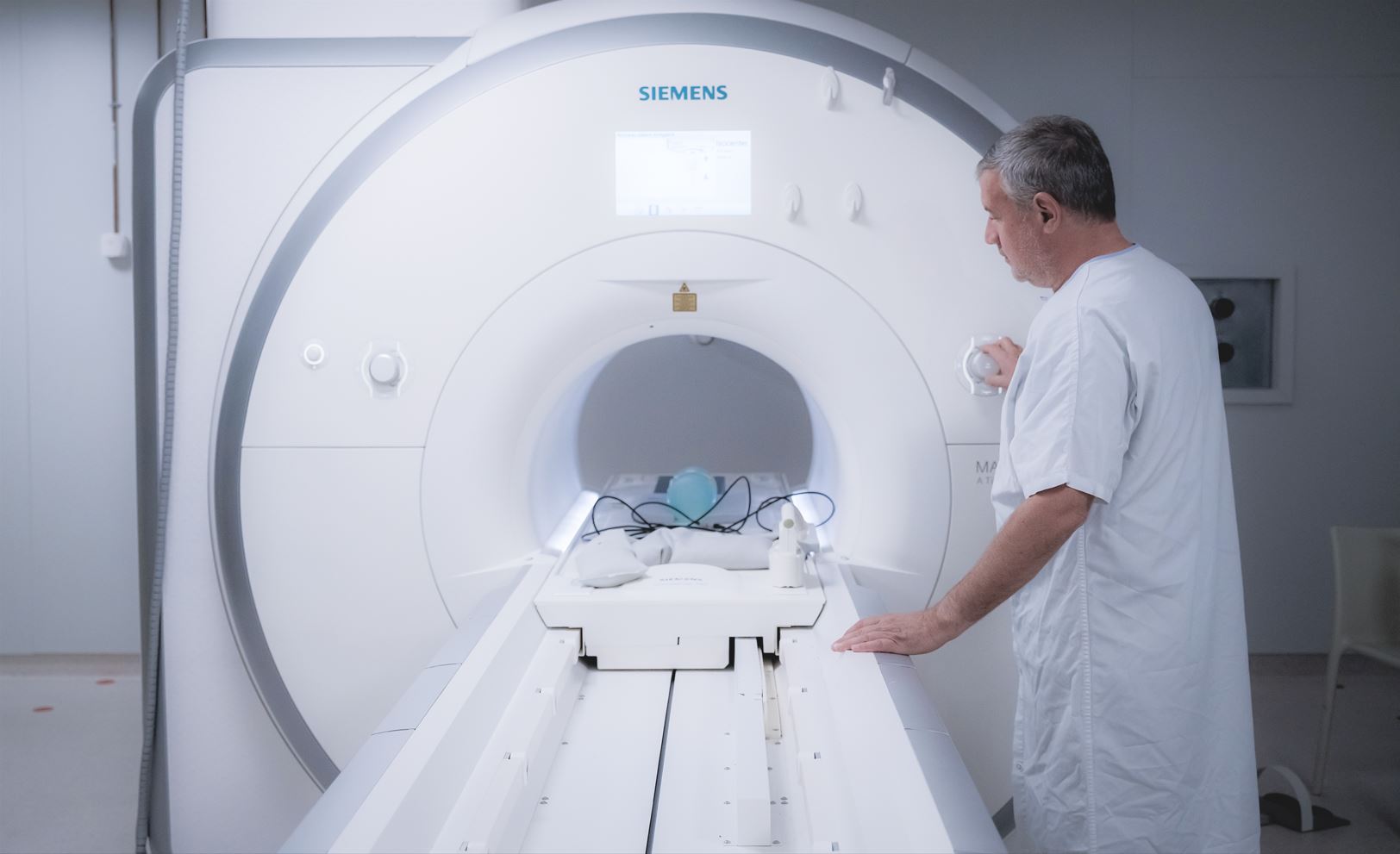
The signal processing team focuses on mapping the electrical activity of the heart. Specialized in instrumentation and signal processing, it develops new tools from electrical signals and their spatial localization to highlight the electrophysiological mechanisms of cardiac arrhythmias, perform early diagnoses, understand the disease and guide therapies.
The team is also working on the development of educational tools, such as the SIMRIC simulator, for handling electrophysiology catheters on a mechanical and computer model. This tool offers clinicians realistic arrhythmia scenarios, reproducing the corresponding electrical signals, offering research and training applications to industrial players.
In terms of multimodal data, the team is developing diagnostic and therapeutic guidance tools based on data acquired during the treatment of patients suffering from arrhythmias. The team combines imaging data, mapping, recorded or simulated electrophysiological signals and artificial intelligence, thanks in particular to software developed by the Liryc university hospital institute and the Epione team at INRIA, called MUSIC [Link to dedicated page], for diagnostic or prognostic purposes, or intended to guide interventions on atrial and ventricular arrhythmias by imaging.
The technology for health team
Imagerie
Traitement du Signal
Science de données multimodales
The pathophysiology centre
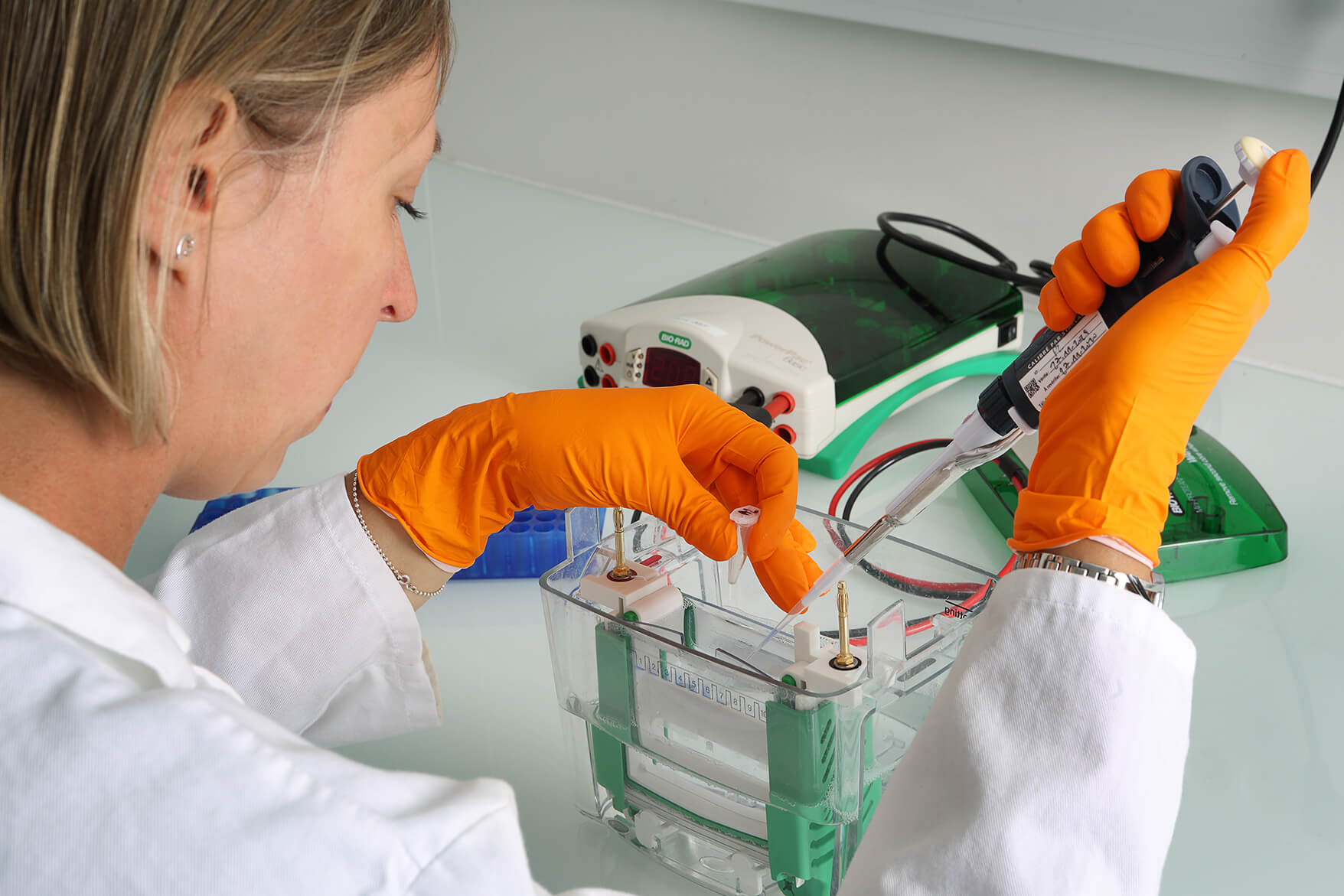
Better understanding the mechanisms of cardiac electrical dysfunctions
The pathophysiology centre brings together researchers specializing in electrophysiology and cardiac bioenergetics, from the molecular level to the level of the entire organ. It directs all of its research towards the study of the cellular and tissue mechanisms of cardiac arrhythmias, essentially atrial fibrillation, ventricular tachycardia and ventricular fibrillation.
To this end, it develops appropriate experimental models and techniques, including:
- Models of cardiac pathologies for longitudinal studies on the mechanisms of arrhythmias.
- X-ray microtomography for the characterization of cardiac microstructure.
- The isolated-perfused heart for the study of cardiac function ex vivo.
- Optical mapping for high-resolution visualization of electrical activation of the heart.
- Microspectrofluorometry, confocal microscopy and the patch-clamp technique for characterizing the functioning of ion channels, pumps and exchangers involved in excitation-contraction coupling at the cellular scale.
- Isolated mitochondria and peeled or permeabilized fibre for bioenergetic assessment.
Finally, as part of the “Cadence” and “Harmonica” programmes, this centre has the possibility, thanks to the donation of organs for research, to test on human tissue the hypotheses developed on models of each pathology.
The team studies the mechanisms of initiation (the “trigger”) and maintenance (the “substrate”) of arrhythmias, more specifically:
- The electrophysiological and structural properties of the pulmonary veins and their roles in the initiation of atrial fibrillation.
- The cellular mechanisms of the triggering of ventricular fibrillations by the Purkinje fibres.
- The involvement of specific ion channels – stretch-activated ion channels (SACs), transient receptor potential canonical channels (TRPCs), etc.) in cardiac arrhythmias.
- The role of repolarization and conduction heterogeneities at the tissue level.
- The link between the (micro-)structural substrate, electrical conduction and the mechanisms of atrial and ventricular rhythm disorders.
- The mechanisms of arrhythmogenic remodelling in various pathologies, such as persistent atrial fibrillation, heart failure and congenital cardiomyopathies.
The centre is also developing a research programme aimed at studying the involvement of energy metabolism in the various arrhythmias and is particularly interested in this context in:
- The involvement of oxidative stress via the mitochondrial production of radical oxygen species.
- The sensitivity to calcium of the mitochondrial permeability transition pore.
- Mitochondrial remodelling in general.
- Disturbances in the use of energy substrates.
- Disturbances in the structure-function of cardiomyocytes and their implications in bioenergetic terms.
- To targets, in particular channels, pumps and ion exchangers, whose function is potentially altered by bioenergetic disturbances.
In this context, it is particularly interested in the influence of sex and ageing.
In all cases, the purpose of this research is the identification of new potential targets and new biomarkers, whether for therapeutic or preventive purposes, as well as the development of new therapeutic approaches by interventional electrophysiology.
The pathophysiology team
The clinical centre
Approving scientific hypotheses
The clinical research centre team conducts all observational and therapeutic scientific trials involving patients, doctors, researchers and clinical research professionals. The aim of their work is to better understand and treat heart rhythm disorders, approving the veracity or otherwise of scientific hypotheses. Through various very rigorous protocols, they observe the efficiency of treatments and innovative therapies on voluntary patients, with all the necessary precautions and in respect of all the regulations in force.
Clinical research associates work in close collaboration with basic research teams on translational projects, but also with doctors. The clinical research centre is also located within the cardiological hospital of Haut-Lévêque.
